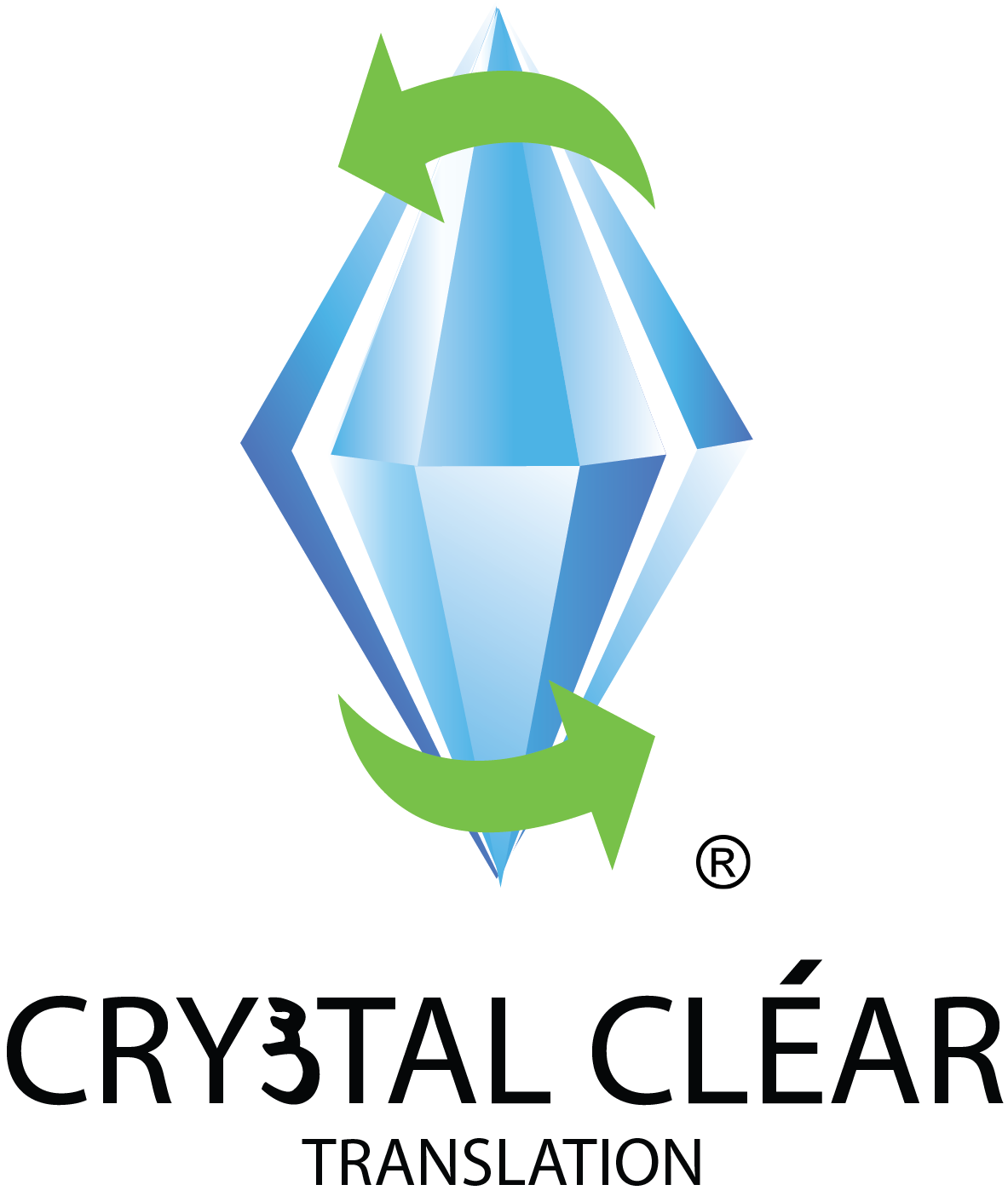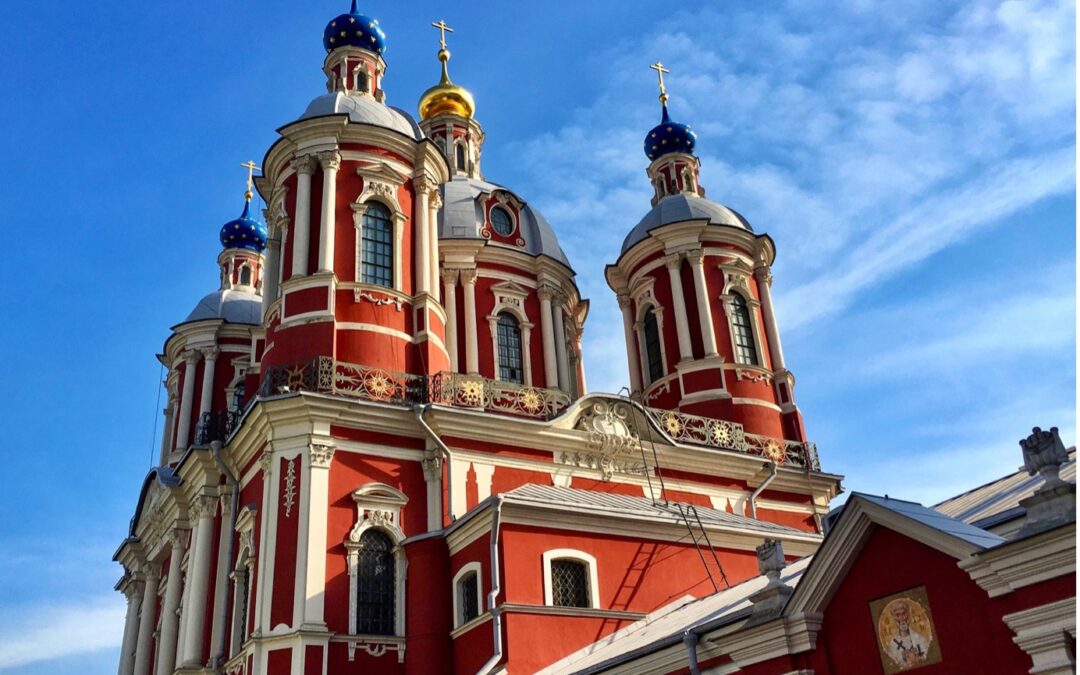‘Balto-Slavic’ refers to the language group comprising the Baltic and Slavic branches of the wider Indo-European language family. Those who use this term accept the general hypothesis that, based on the linguistic similarities between the Baltic and Slavic languages, the two branches are descended from a common ancestor following the breaking up of Proto-Indo-European. There are around 18 ‘main’ languages in the group, but we’ve compiled the top six.
Russian
Russian is the largest of the Balto-Slavic languages in terms of speakers and belongs to the Slavic side of the language family branch. Closely related to Belarussian and Ukrainian, Russian is mainly spoken in the Russian Federation and by older generations in countries that were once part of the Soviet Union as satellite states. Currently, there are around 258 million Russian speakers worldwide, with approximately 137 million of these residing in Russia itself. One of the world’s ten most widely spoken languages, Russian is also one of the UN’s six official languages, alongside English, French, Spanish, Arabic, and Chinese. Generally, Russian is divided into three separate dialects – Northern, Central, and Southern – with many variants within each individual group. Russian is also often characterised by its use of intricate Cyrillic script that was introduced in 988 at the Kievan Rus’ conversion to Christianity. Across the years, the Russian language has enjoyed a huge cultural output, particularly in the spheres of literature, producing great names such as Tolstoy, Chekov, Akhmatova, and Pushkin. Here are some key phrases and expressions in Russian, in both Latin and Cyrillic script:
- Hello – Здpaвcтвyй(тe) (zdrastvuyte)
- Goodbye – Дo cвидaния (do svidanya)
- Please – Пoжaлyйcтa (pozhalusta)
- Thank you – Cпacибo (spasibo)
- My name is – Меня зовут (menya zovut)
- Where is…? – Где …? (gde…?)
Ukrainian
Related to Russian and Belarussian through the common ancestor language of Old East Slavic, the Ukrainian language boasts approximately 40 million speakers worldwide, with 31 million in Ukraine itself and another 8 – 9 million spread across the former republics of the Soviet Union. Due to years of control by Russia and incorporation into the Russian state, the use of Ukrainian (as a separate and unique language) was not widely encouraged until after the Bolshevik revolution of 1917, where it began to establish itself more in written language and education. Even then, Ukrainian still competes with Russian in its native country – in northern and metropolitan areas of the country, Russian is still widely spoken, and Ukrainian is preferred in slightly more rural areas. Since the fall of the Soviet Union in 1991, there have been significant efforts to increase the status and use of the Ukrainian language, but there are still obstacles concerning the partial domination of Russian in matters of government, administration, and commerce. Some expressions in Ukrainian are:
- Hello – Добрий день (dobryi den’)
- How are you? – Як справи (jak spravy)?
- See you later – Побачимось (pobatchymos)
- I don’t know – Я не знаю) (ja ne znaju)
- Cheers! – Будьмо (budmo)!
Serbo-Croat
‘Serbo-Croat’ is a term used to describe the South Slavic language(s) spoken in the countries that once made up the one-time state of Yugoslavia that existed from 1918 to 1992. From 1954 onwards, Serbo-Croat was the ‘official’ language of Yugoslavia, though in truth it is not one language, but several mutually intelligible ones; these are Serbian, Croatian, Bosnian, and the Montenegrin language. It is still a controversial term socio-politically, with the argument that it is too homogenising. As of 2011, over 21 million people spoke a language that falls under the term ‘Serbo-Croat’; Serbian has around 9.5 million speakers, Croatian has 4.8 million, Bosnian has 2.2 million, and Montenegrin (only considered separately from Serbian, its close relative, from around 2003) has around 232, 600 speakers as of 2019. The Serbo-Croat languages use both the Cyrillic and the Latin alphabet, with many people often able to switch between both as they choose, with the media often doing the same. Although very linguistically similar, the Serbo-Croat languages have numerous lexical differences. For instance, Croatian has kept the bulk of Slavic-origin words, whilst Serbian and Bosnian have a greater number of loanwords from Russian and Western European Languages. This can be seen in the word for ‘October’ – Serbian and Croatian use the recognisable oktobar, whilst Croatian has the term listopad, which translates literally to ‘leaf fall’. Some unique terms in Serbian, Bosnian, and Croatian are:
- Nice to meet you (Croatian) – Drago mi je
- Thank you (Serbian) – Hvala
- Please (Bosnian) – Molim
- What is your name? (Croaitian) – Kako se zovete?
- Where is…? (Serbian) – Gde je…?
- How much is this? (Bosnian) – Koliko košta ovo?
Polish
Polish is the second most-widely spoken Balto-Slavic language after Russian, spoken by a total of 40.3 million people globally. The language has national language status in Poland and is one of the official languages of the European Union. It is also a recognised minority language in the Czech Republic, Lithuania, Hungary, Romania, Slovakia, and Ukraine. In Poland, there are 36.7 million Polish speakers, of which number 36.5 million people speak Polish as their first language. As well as Standard Polish, there are four main Polish dialects: Wielkopolski (spoken in the west of Poland, Małopolski (spoken in the south and south-east), Masovian (spoken in central and eastern Poland), and Silesian (spoken in the southwest of Poland).
Polish key phrases:
- Witam – Welcome
- Cześć – Hello
- Jak się Pan(i) miewa?– How are you?
- Mam na imię… – My name is…
- Bardzo mi miło – Pleased to meet you
- Powodzenia! – Good luck!
Czech
Czech, previously known as Bohemian, is a West Slavic language, spoken by 10.5 million people in Czechia, also known as the Czech Republic, as the country’s official language. In total, the Czech language is spoken by 13.3 million people globally, particularly in Austria, Bosnia and Herzegovina, Croatia, Poland, Romania, and Slovakia, where Czech is a recognised minority language. It is also one of the official recognised languages of the European Union. The Czech language is considered as mutually intelligible with the Slovak language, as well as sharing some similarities with Polish. In addition to the Common Czech dialect, the main Czech dialect spoken mainly in the Bohemia region, there are two main dialect groups of the Czech language, namely the Bohemian dialects, such as the Chod dialect, and the Moravian dialect, which includes the Lach, Central Moravian, and Eastern Moravian dialects.
Czech key phrases:
- Vitejte – Welcome
- Dobrý den – Hello
- Jak se mate? – How are you?
- Jak se jmenujete?– What’s your name?
- Jmenuju se … – My name is…
- Hodně štěstí! – Good luck!
Bulgarian
Bulgarian is one of the South Slavic languages and is spoken by 6.84 million people in Bulgaria. It is spoken by 8.14 million people globally, notably in Greece, Hungary, Moldova, Romania, Serbia, Turkey, and Ukraine. The Bulgarian language is an official language in Bulgaria and is one of the official languages of the European Union. In addition to this, Bulgarian is one of the Balkan Sprachbund languages, a group of languages that includes the Balkan Slavic languages (Bulgarian, Macedonian), Balkan Romance languages (Romanian) the Torlakian dialect (spoken in Serbia, Kosovo), the Serbo-Croatian language, and Albanian. Like the Slavic languages Macedonian and Serbian, Bulgarian is written using a Cyrillic script.
Bulgarian key phrases:
- Zdraveite – Hello
- Kazvam se… – My name is…
- Blagodaria – Thank you
- Molia – Please
- Kade e…? – Where is…?
- Kolko – How much?
Concluding Thoughts
The Balto-Slavic languages contain a great deal of language diversity and differences, as well as similarities and mutual intelligibility. However, for all the similarities these languages share, they shouldn’t be considered as one and the same. Rather, the Baltic-Slavic languages may share similar origins but are as equally as interesting as the other. If you require translation or interpreting services in any language, you can get a quote here from Crystal Clear Translation.


